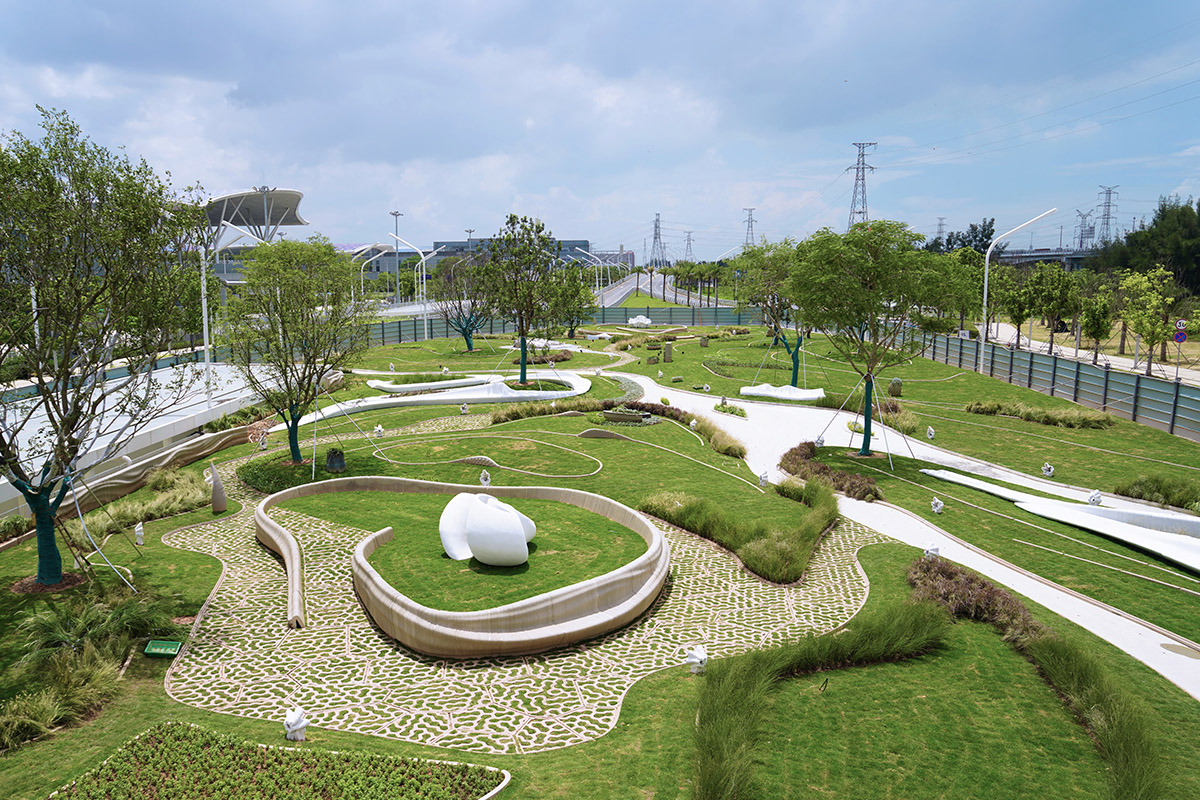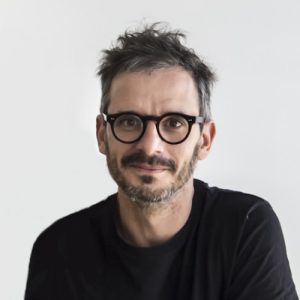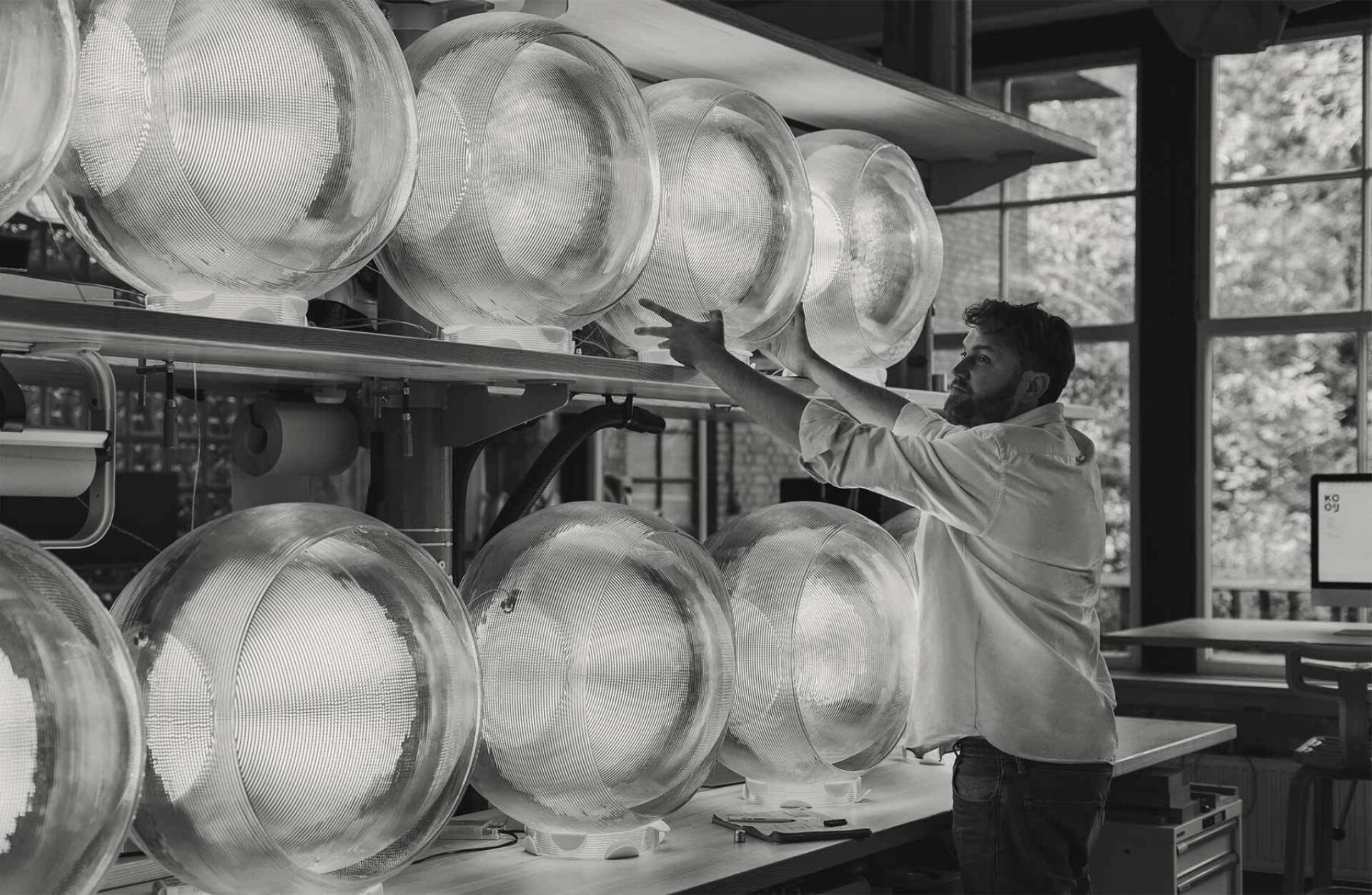3D printing is an established reality: last November in Shenzhen, an entire urban park of 5523 sqm was made, with about 2000 items of furnishing such as benches, planters and sculptures. The revolution is also fast paced in Europe: with this technology, at Wallenhausen, Germany an apartment building with five units was built in just six weeks, with residences of 380 sqm each, the largest residential building ever “printed” in Europe.

The future of 3D printing, in fact, is already here, and the sectors most involved in this fascinating production process are precisely those of architecture, furnishings and design.

“The world of 3D printing is very vast, however, since there are different techniques and types,” says the designer Stefano Giovacchini, an expert on the circular economy and additive manufacturing, founder of R3direct, a company based in Lucca that is a pioneer in Italy in the use of recycled plastic for 3D printing in large formats, applied for the making of sculptures and items of public and private décor. One of their creations, the Pandora outdoor lamp, was also a finalist for the Ro Plastic Prize of the Milanese Rossana Orlandi gallery.

Giovacchini explains: “We work with the simplest technique, the deposit of melted material. This technique lets us recover even the dirtiest plastic materials, all the ones we discard from our homes, plus the portion that is generally impossible to recycle, and ends up in incinerators or dumps (currently, in fact, only 45% of plastic from urban refuse can truly be recycled, ed). So we can say that at R3direct we specialize in circular economy, and together with one other company, in Milan, we are practically alone on the Italian scene.”
What about Europe as a whole?
“There are four or five companies, the most important of which are located in Holland. You can count these ventures on the fingers of one hand, so we are still in a pioneering phase.”
L’Olanda ci fa subito pensare al designer Dirk van der Kooij, forse il più famoso del suo genere, che da anni lavora con la plastica riciclata e altri materiali di scarto (interni di frigoriferi, pannelli di lucernari ecc…) e la stampa 3D.
«Lui è stato l’apripista, colui che per primo ha testato macchine industriali riadattandole ai progetti di design e ala realizzazione di pezzi unici. Oggi abbiamo macchine diverse, più piccole e accessibili, che permettono di avere un approccio produttivo diverso».
Holland brings to mind the designer Dirk van der Kooij, perhaps the most famous in his field, who for years has worked with recycled plastic and other waste materials (refrigerator interiors, skylight panels, and so on) and 3D printing.
“He has been a trailblazer, the first to pub industrial machines to the test, adapting them for design products and the creation of one-offs. Today we have different machines, smaller and more affordable, which permit us to have a different approach to production.”
Namely?
“We no longer have a large centralized factory, but lots of smaller ones, scattered over the territory, which can utilize local materials. Dirk van der Kooij was the start of a line of developments, and in fact Holland is in the vanguard today, thanks to the studio The New Raw which is conducting many projects in this direction. But we are also moving forward fast in Italy.”

What projects are you working on at R3direct?
“We make various types of seating – stools, chairs, benches – and above all we make lamps. We also have a part for artistic creations, sculptures in plastic material, halfway between art and décor. We are also specializing now in the reutilization of polymers from beverage packaging, and in the next few days we will present one of the first public projects with the municipality of Lucca. The idea is to transform the ‘old’ concrete anti-terrorism barriers into an architecture of ‘no fear’ thanks to colored surfaces for benches, bike racks and planters.”
What are the advantages of 3D printing for the furniture and design sector?
“It definitely has a lower cost, and it permits ongoing customization, which is truly ‘on demand,’ made to measure for each client. Furthermore, there is no need for warehousing, and you can print anywhere, without transport: you send a file, and items can be printed locally. This ‘dematerialization’ of the industry could have various positive outcomes: just consider, as we were saying, the possibility of having lots of little factories across the territory, with repopulation of towns and areas, as well as less pollution.”
It all sound great. But what are the limits?
“In Italy, to date, the limits mostly have to do with legislation, as in the case of anti-seismic regulations. There are more measures to facilitate things in other countries. I hope these new technologies will soon have a chance to fully develop, also in our country: 3D printing truly enables us to work with new materials, suitable for the future and for sustainability.”







